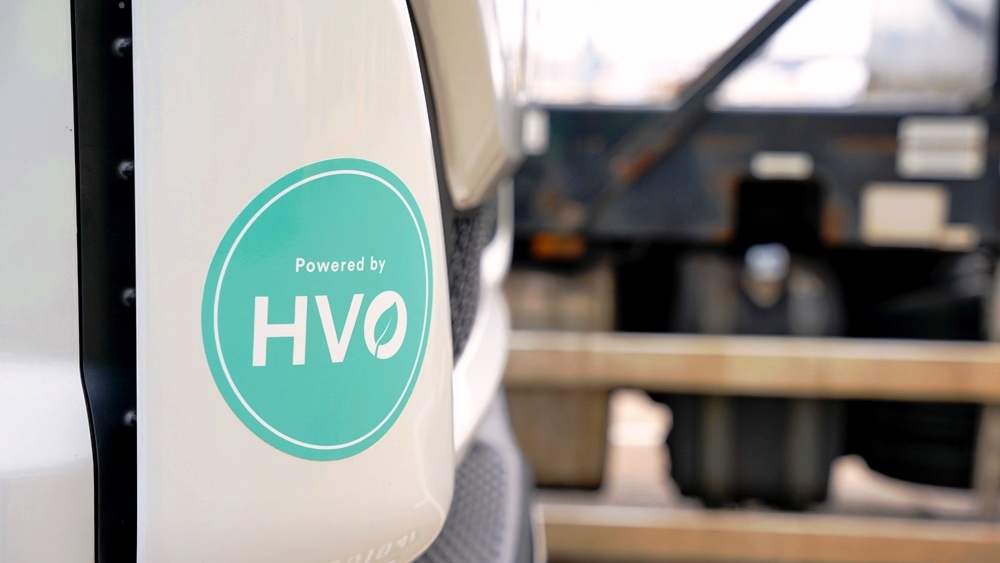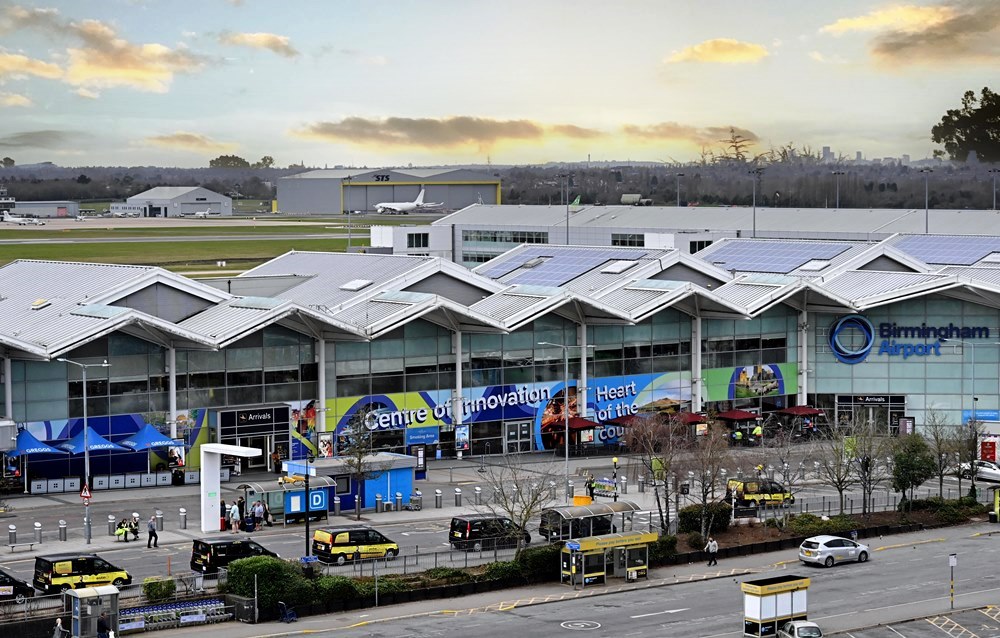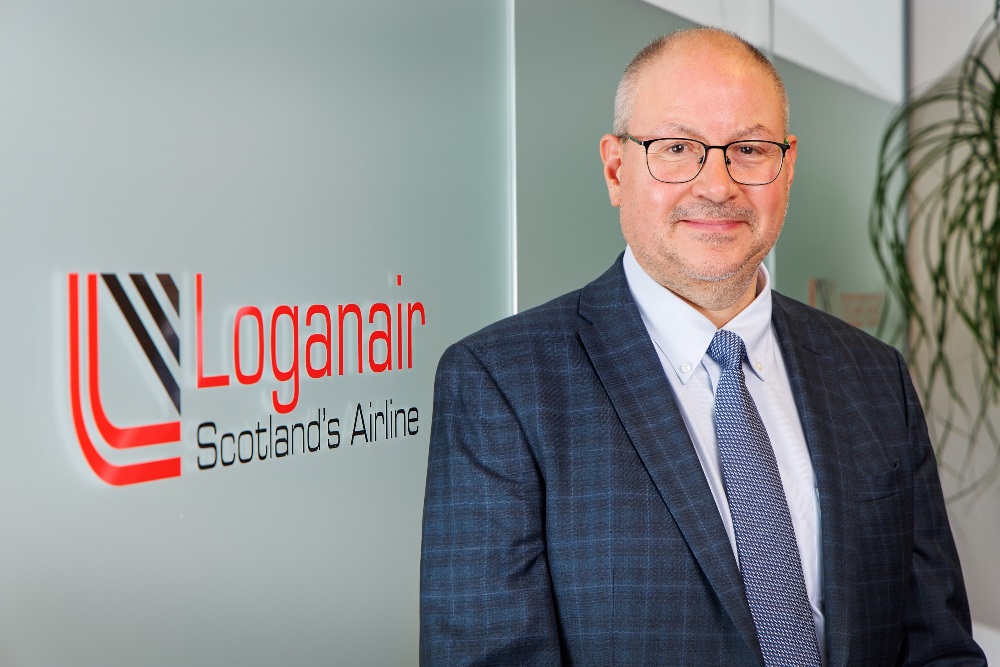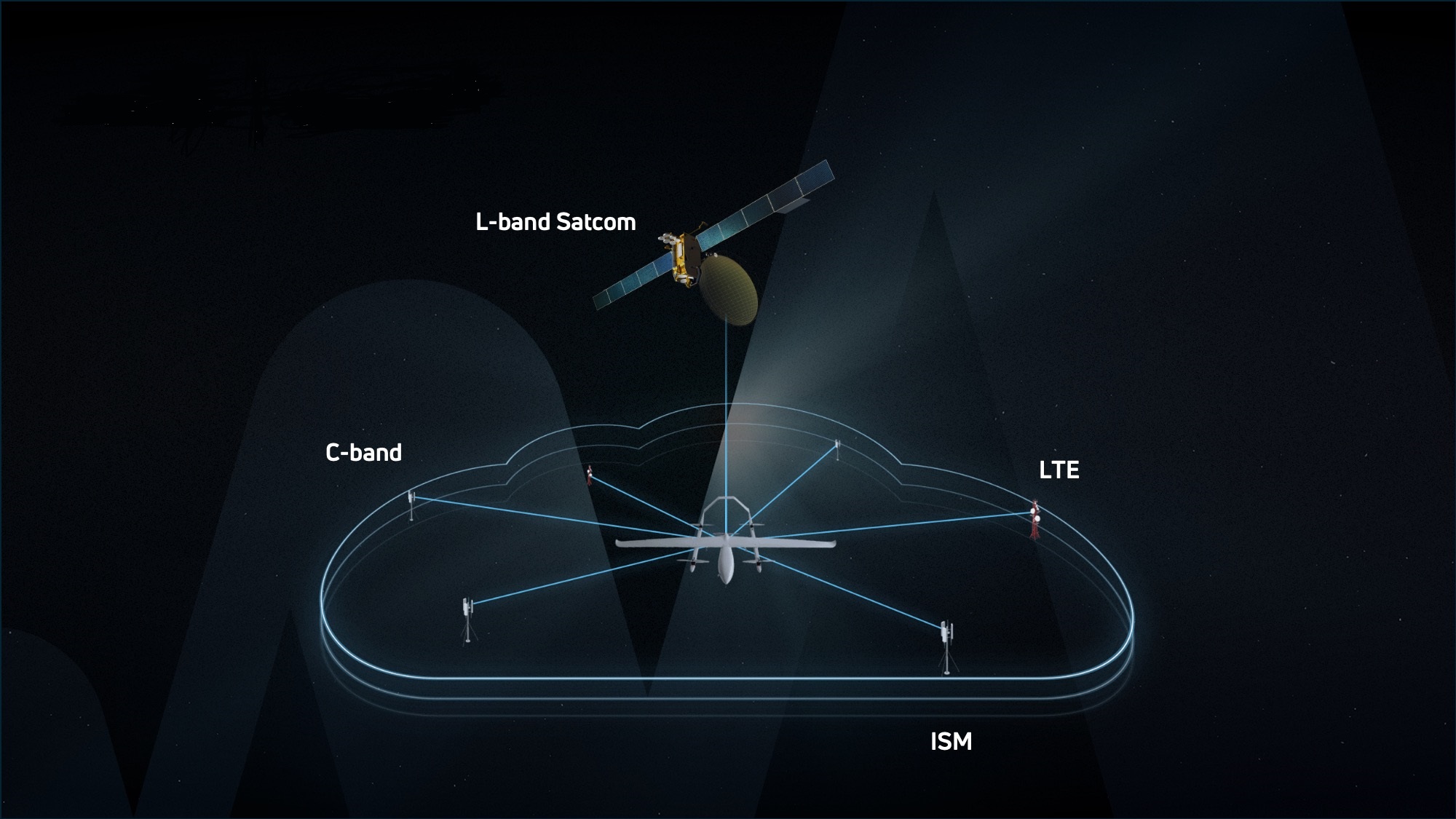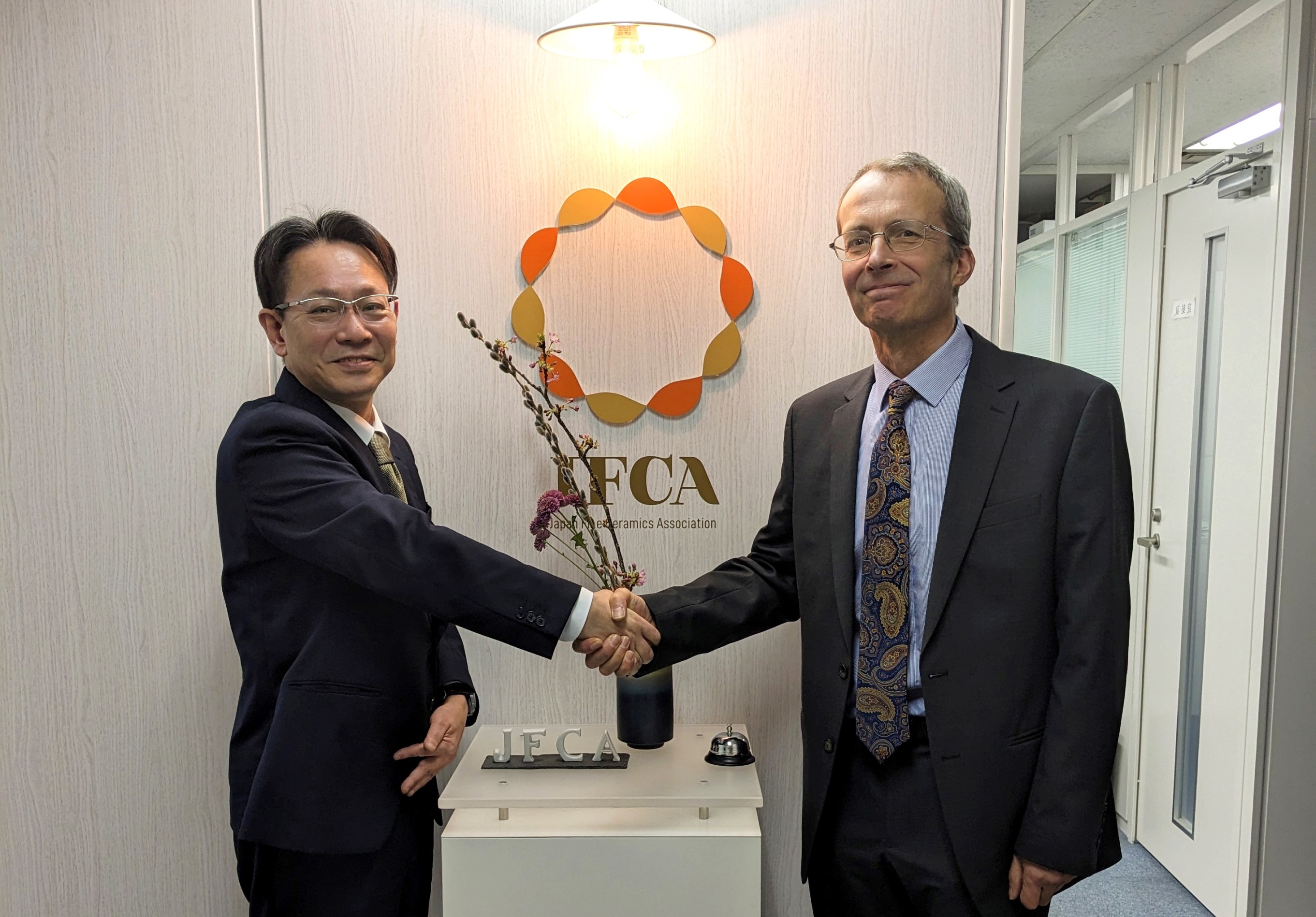Surrey NanoSystems and SBIR agree Vantablack exclusivity

Above:
A blackbody source from SBIR's Infinity DB Series featuring a Vantablack coating, which is clearly visible by the contrast between the blackness of the source plate and the anodized black coating of the surrounding panel.
The unparalleled broadband absorption of Vantablack S-VIS makes it ideally suited to enhancing the performance and utility of Santa Barbara Infrared’s (SBIR) precision electro-optical instrumentation, reinforcing its leadership position in military, aerospace IR/FLIR testing and simulation markets. Initially, SBIR is using Surrey NanoSystems' UK facility to apply the Vantablack coating, while it establishes a local facility to serve the North American defence, aerospace and electro-optical markets.
Commenting on the agreement, SBIR's President Steve McHugh notes: "The superb broad band absorption of Vantablack coatings, and the highly uniform deposition layer, helps us to create blackbody sources offering extremely high radiometric performance without caveats - greatly enhancing ease of use."
Surrey NanoSystems’ CEO David Wong adds: “We’re really pleased to have Vantablack recognised by SBIR, who have a reputation built on performance and precision. We’re also delighted to have a partner to simplify procurement and provide local support for Vantablack coatings in North America. We see this as crucial to serving such an important market.”

Surrey NanoSystems' Vantablack is the world's blackest surface coating material for the UV to FIR spectrum. It employs an innovative nanomaterial structure that absorbs virtually all incident light. Vantablack was developed for space-borne imaging applications and offers exceptional IR absorption and excellent thermal, mechanical and environmental stability - attributes which uniquely qualify it for the most demanding applications. The material has already achieved space heritage with its recent deployment on an Earth observation satellite.
The S-VIS version of Vantablack traps over 99.8% of near- and mid-infrared wavelengths hitting its surface. It is applied using a simple spraying technique before being post-processed to achieve its exceptional broad band absorption characteristics and near-perfect Lambertian performance. This absorption is maintained over a wide range of wavelengths and viewing angles, far outstripping conventional black paints and other vacuum-deposited coatings. These characteristics are critical for SBIR’s specialised equipment, where compliance with rigourous US defence standards, long-term stability and traceable precision are essential attributes.
The active element of Vantablack S-VIS is a functionalised carbon nanotube matrix. The coating is applied using a proprietary process that includes a number of pre- and post-application steps to achieve its ultra-low reflectance. The process is scalable and suitable for high-volume production on both small and large substrates, and on complex 3D surfaces. Vantablack S-VIS can be applied to a variety of substrates, with the only major constraint being the ability of the substrate to withstand process temperatures of 100-150 degrees Centigrade, making the coating suitable for application onto many popular types of engineering-grade polymers and composite materials.
Since its launch in spring 2016, well over 100 Vantablack S-VIS projects have already been completed, including in space-borne instrumentation and military optical systems.
The agreement with SBIR provides the next platform for the further adoption of the technology.








